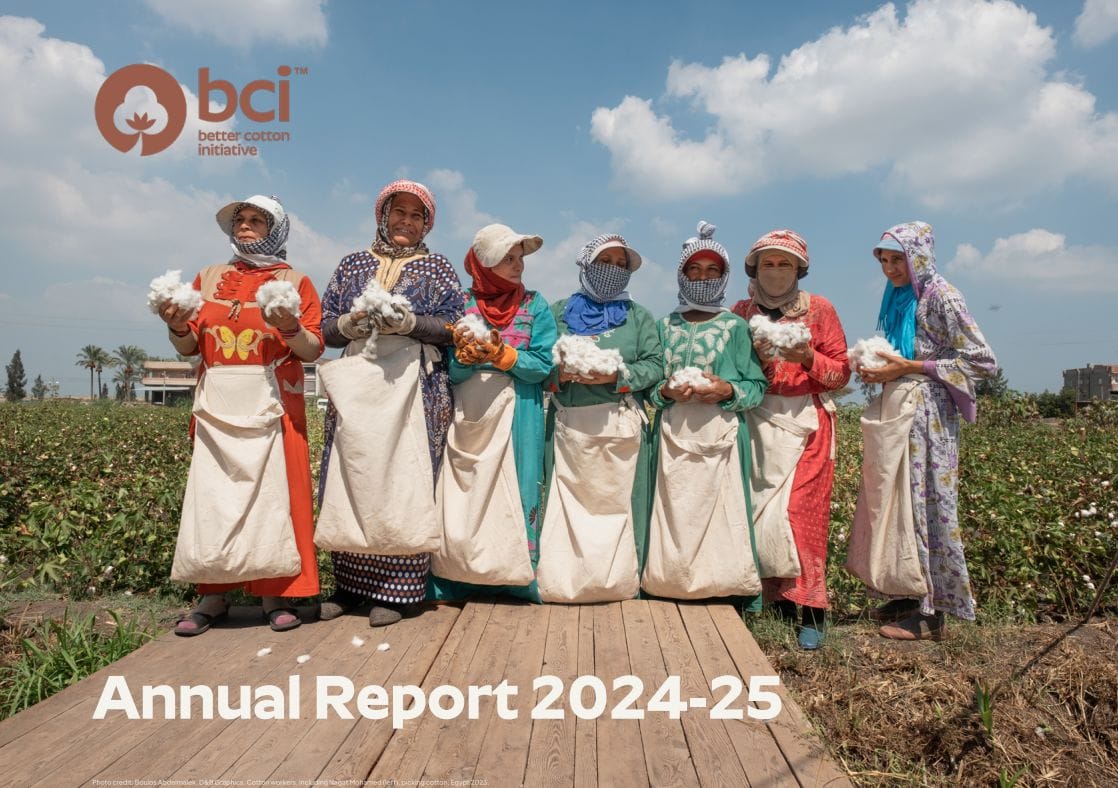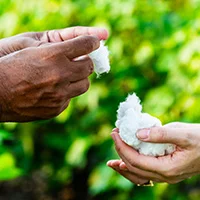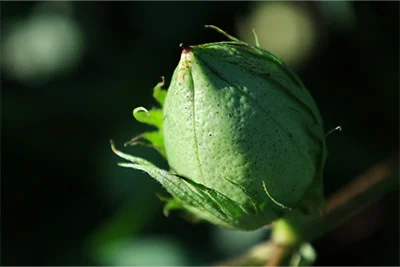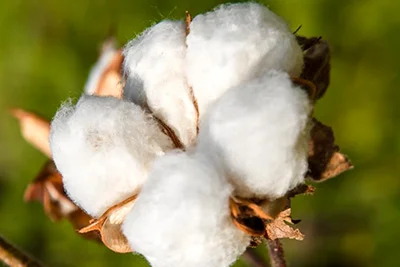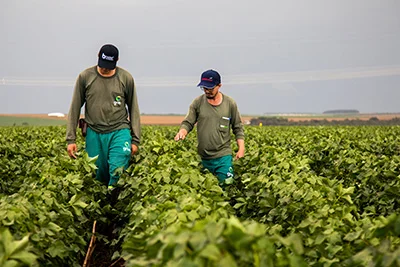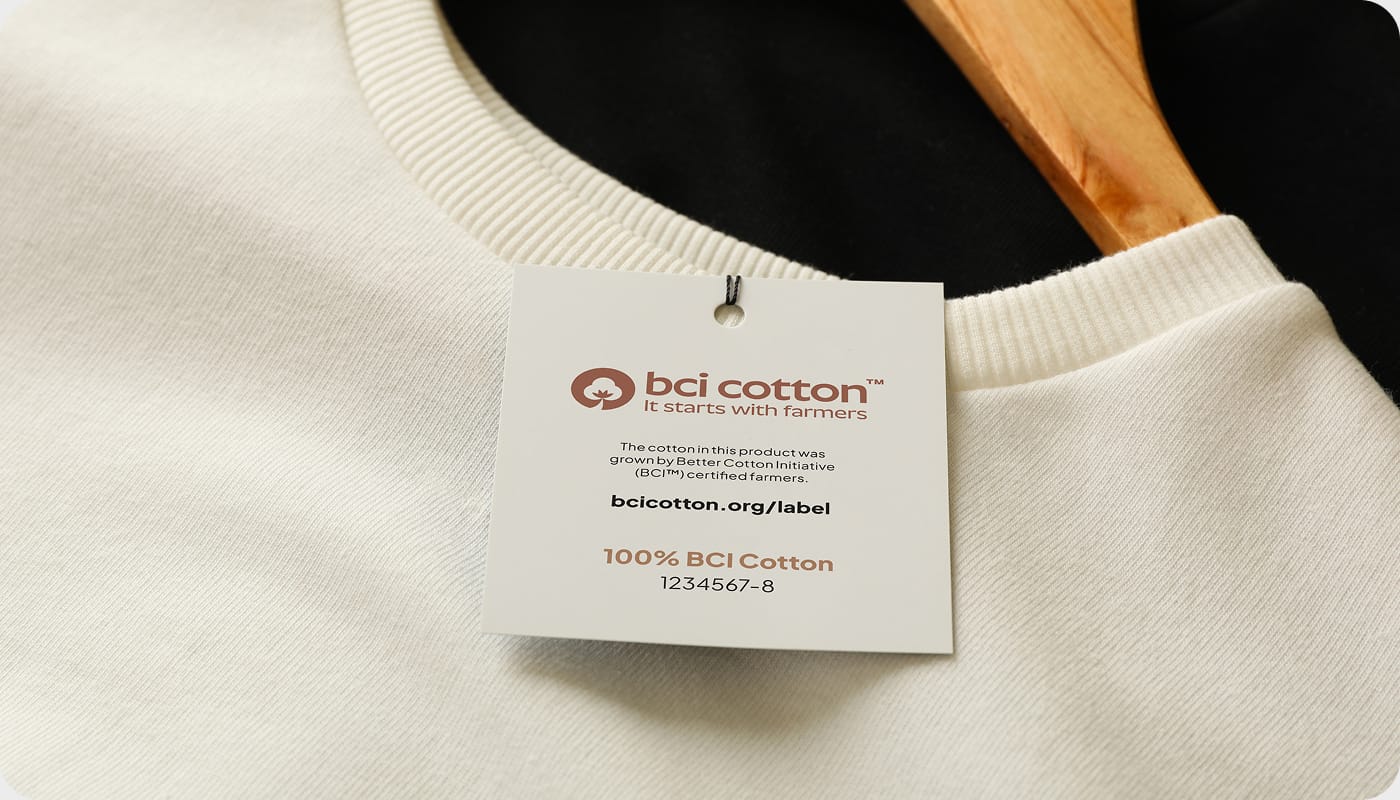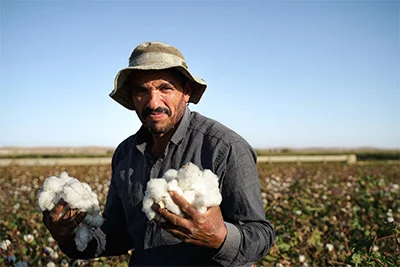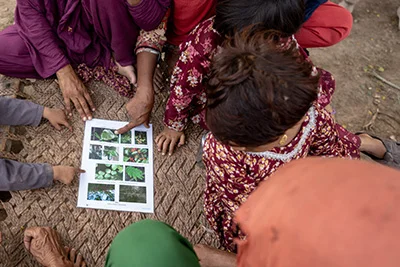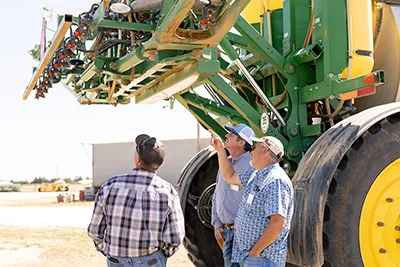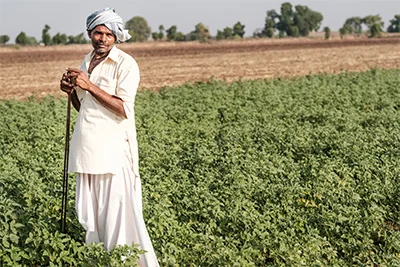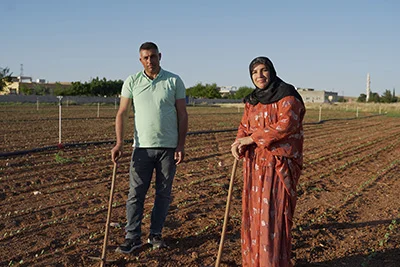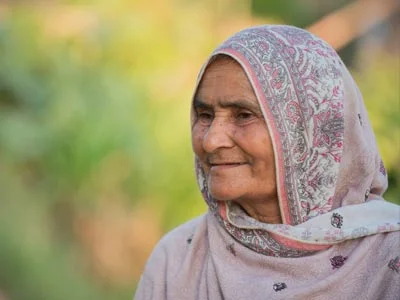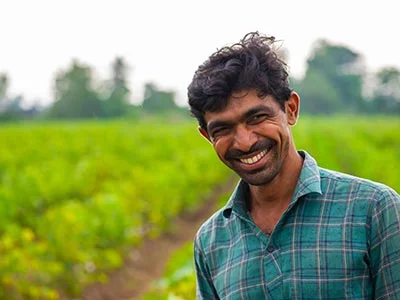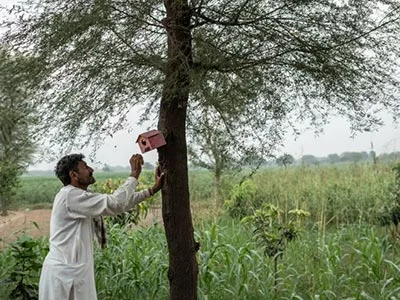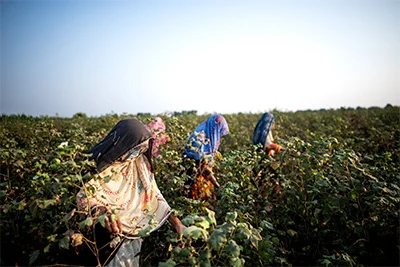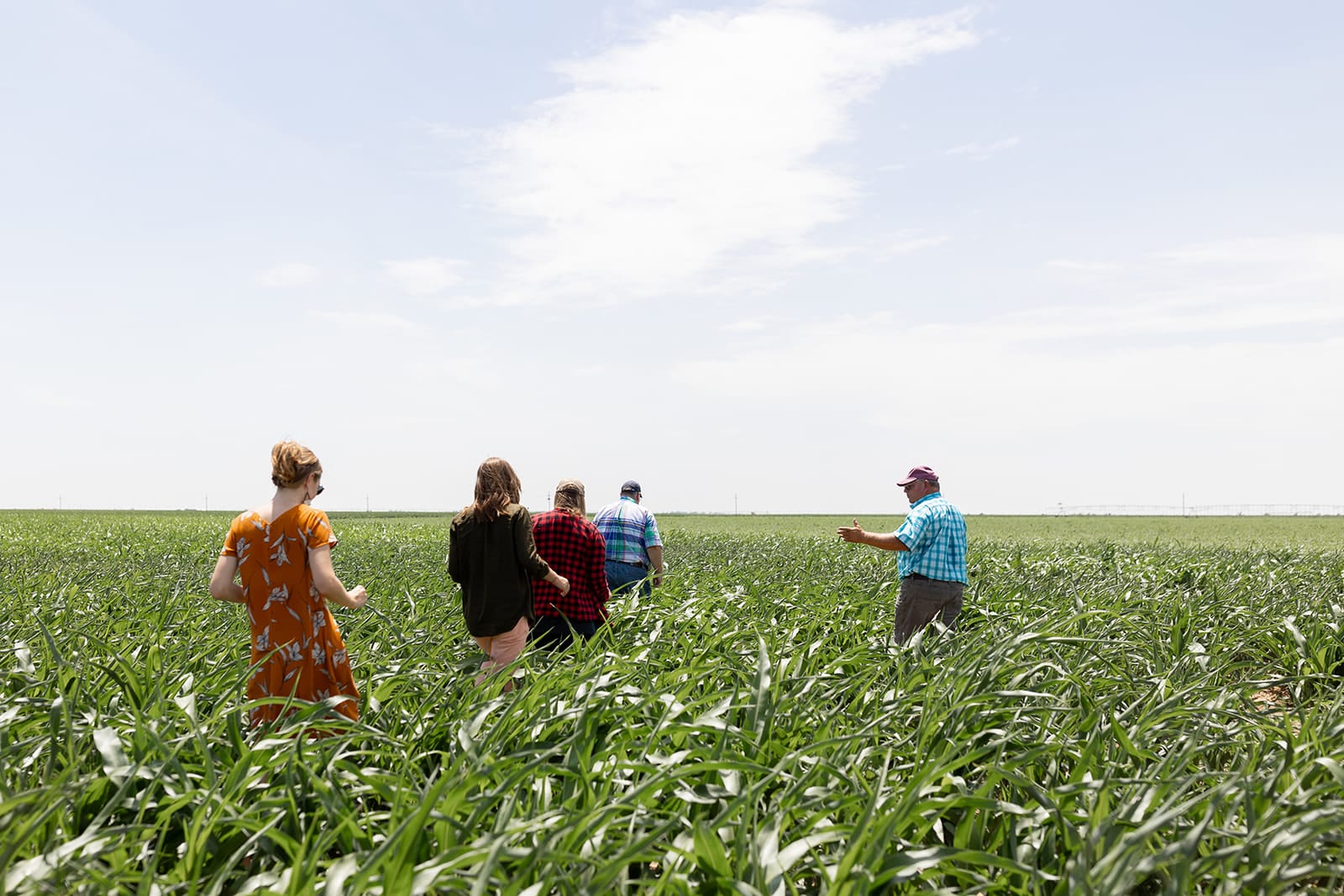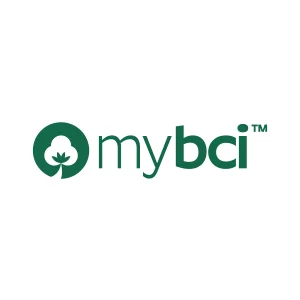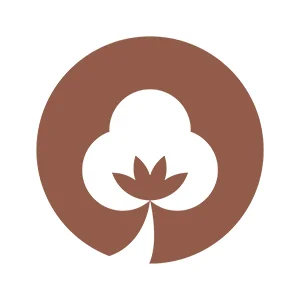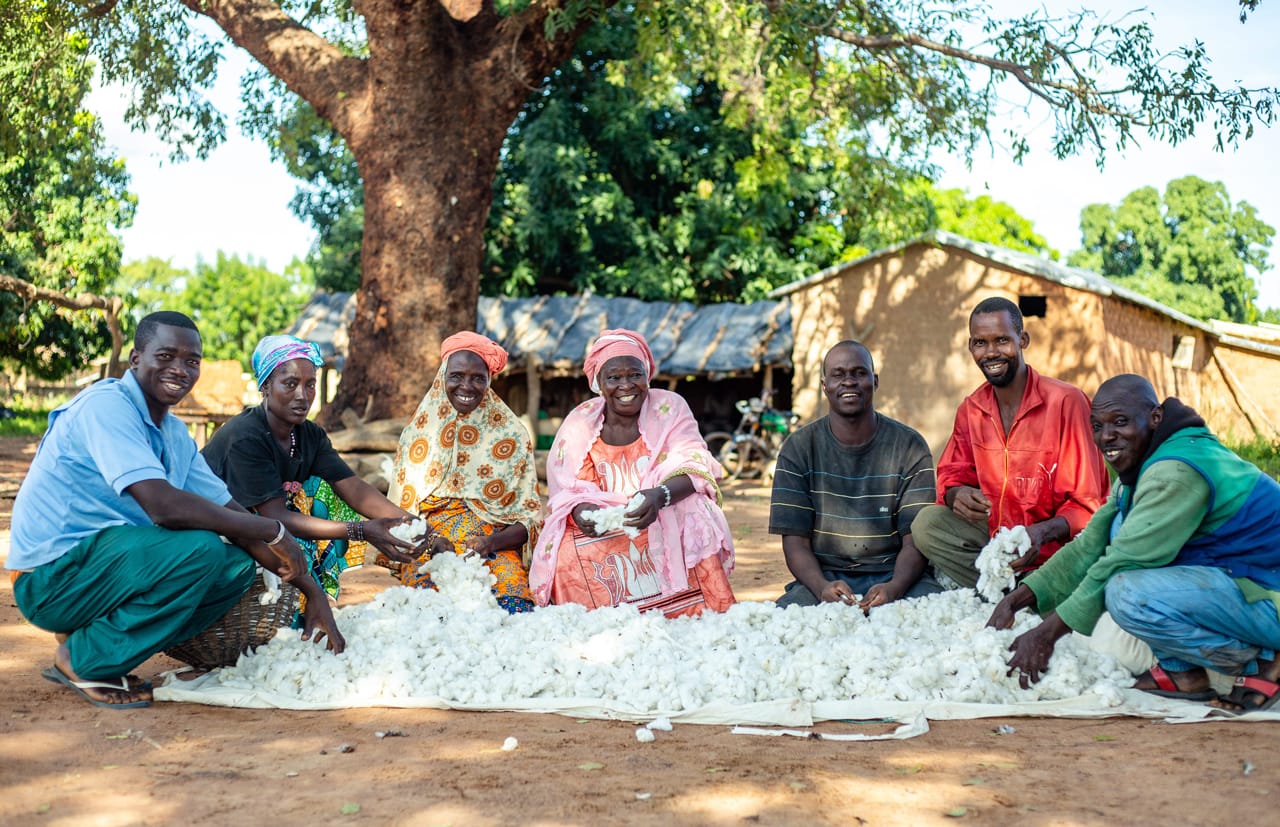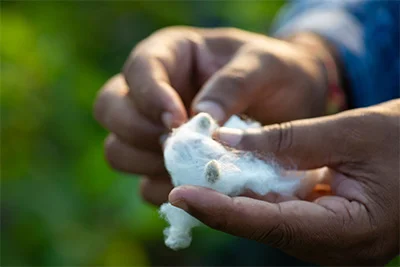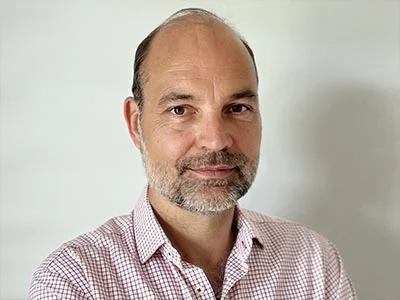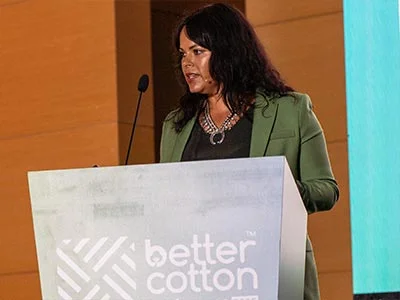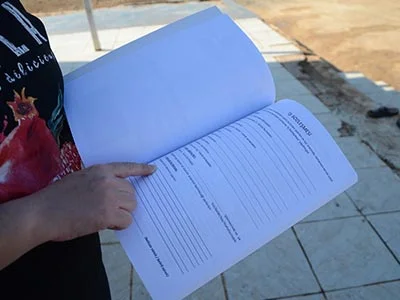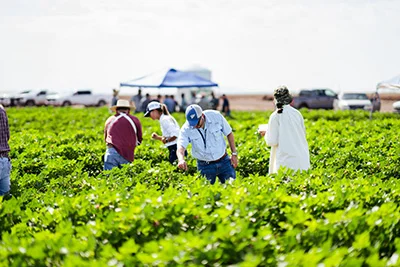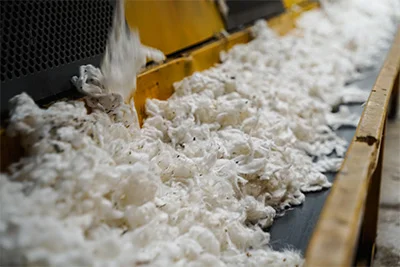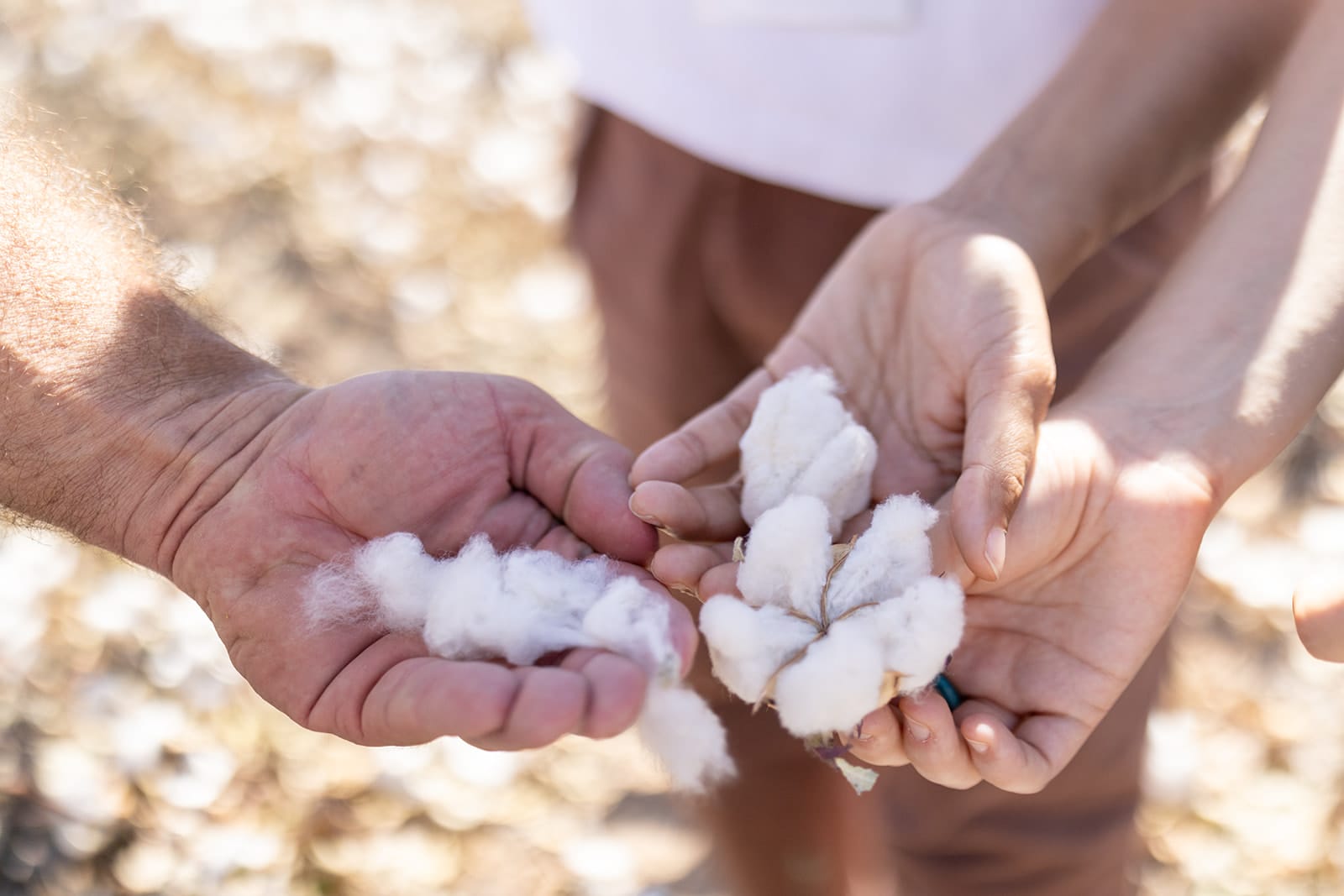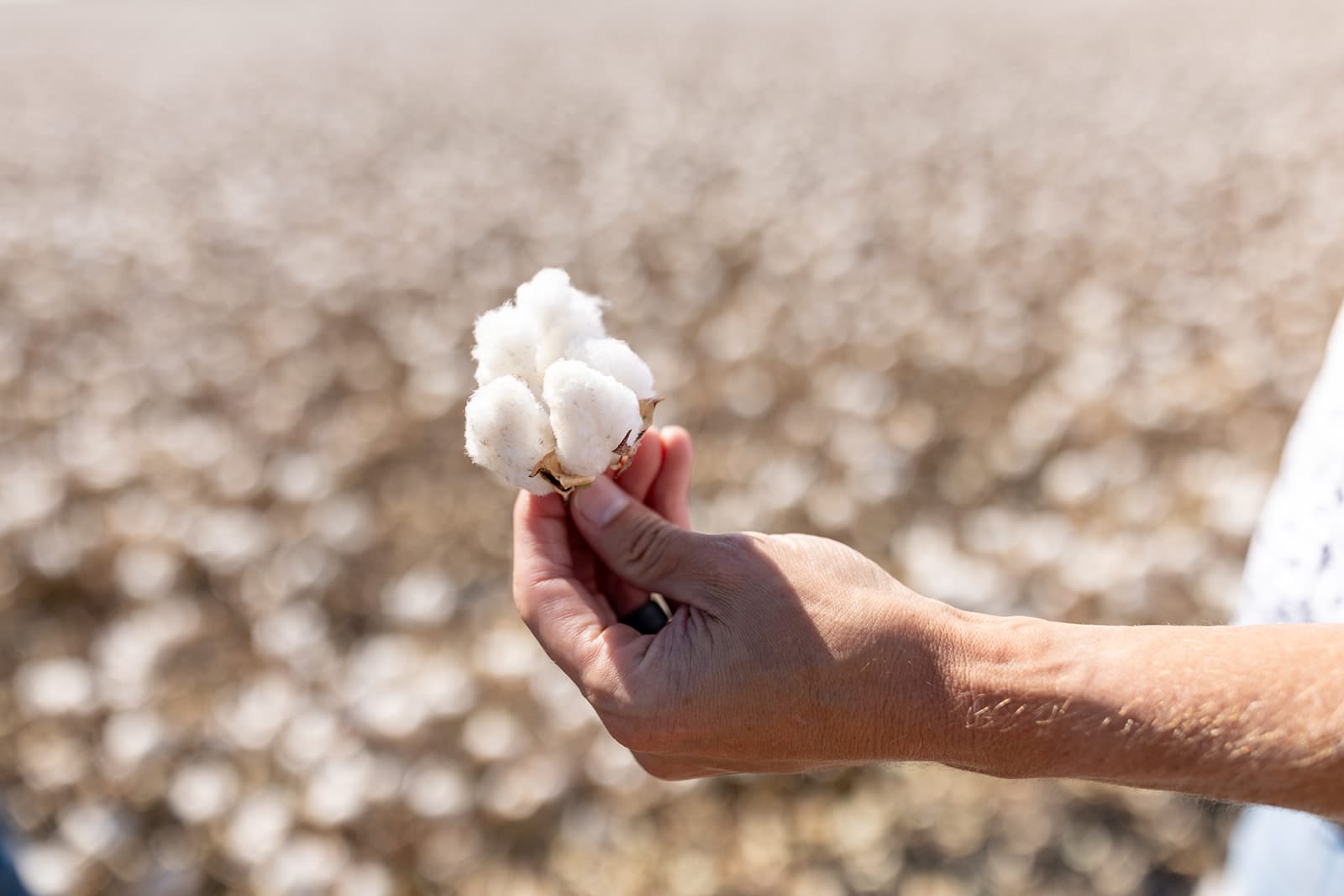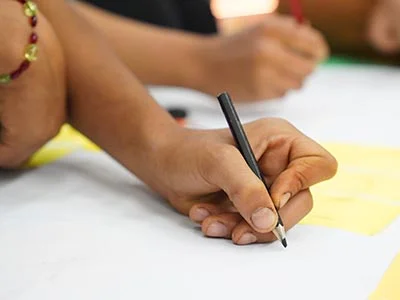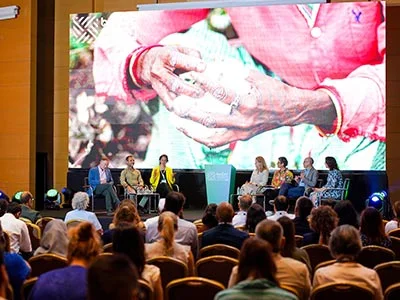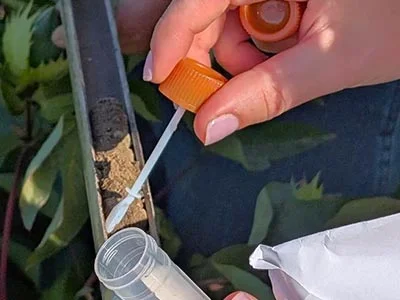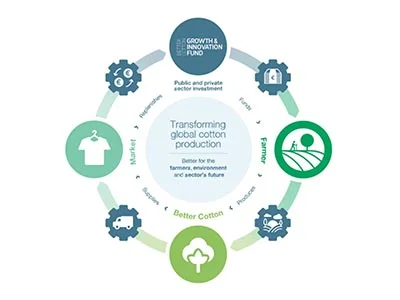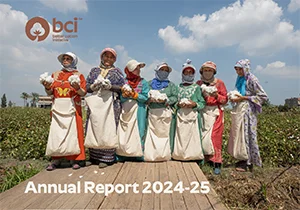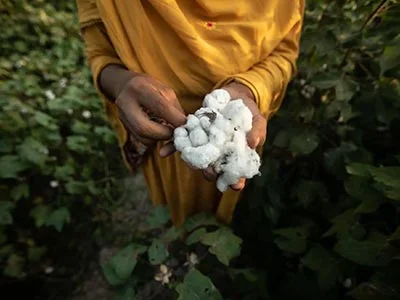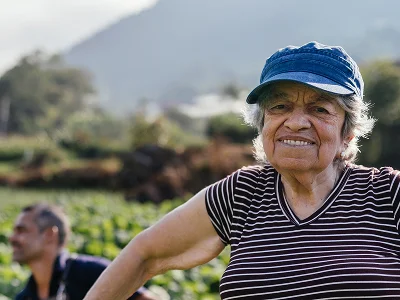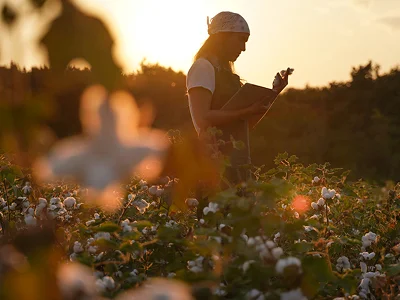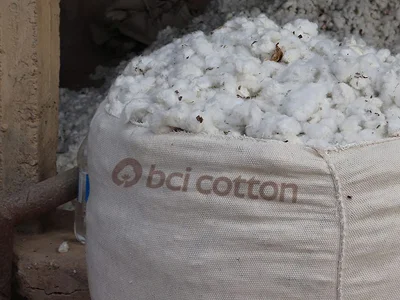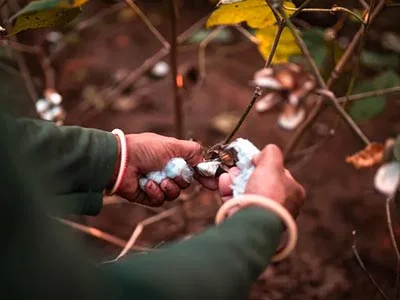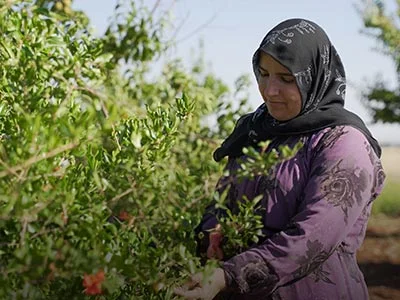M&S Plan A update quotes almost a third of cotton sourced as Better Cotton.
Following a successful initial 6 months of Marks and Spencers’ Plan A 2020, the BCI Pioneer member have released a half year update. The report highlights that almost a third of the cotton sourced by Marks and Spencer this yearwas grown to BCI standards. This equates to enough cotton to produce around 50 million products, including underwear, school uniform, dresses and bedding.
Mike Barry, Director ofPlan A, says: ”It’s been an exciting first six months for Plan A 2020. It is helping us stand up and take action on the sustainable retail challenges of today and tomorrow. Our products are becoming more sustainable, we’re testing new technology that could transform our future operations and we’re supporting causes that make a real difference to the future for our customers and the local communities we operate in.”
Plan A was originally launched in 2007 as a 100-commitment, five-year eco and ethical plan to transform the way Marks and Spencer operateand sourceits products. In 2010the strategy was strengthened with 80 new commitments, and re-launched in June this year as Plan A 2020. The update,Mike Barry says ”aims to make an impact on M&S operations across the world and engaging customers, employees and partners in more sustainable lifestyles and ways of doing business.”
Marks and Spencer have been a Pioneer Member of BCI since 2010, and are committed to sourcing 50% of their cotton as more sustainable cotton by 2020, including Better Cotton, Fairtrade, Organic and recycled cotton.
Read more

